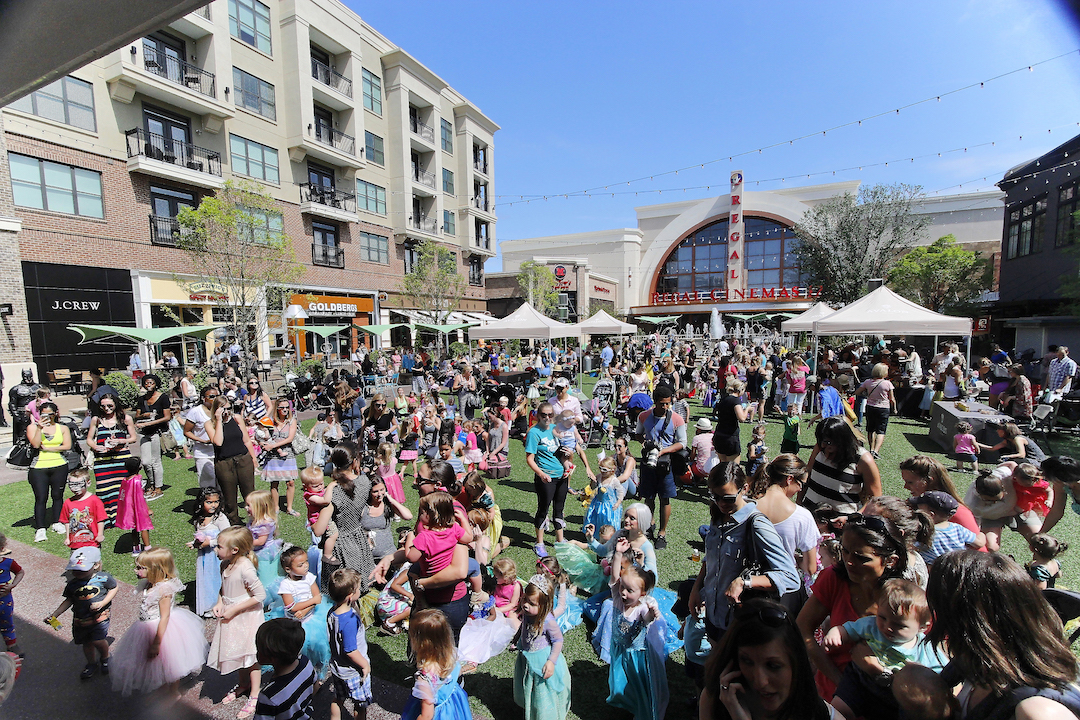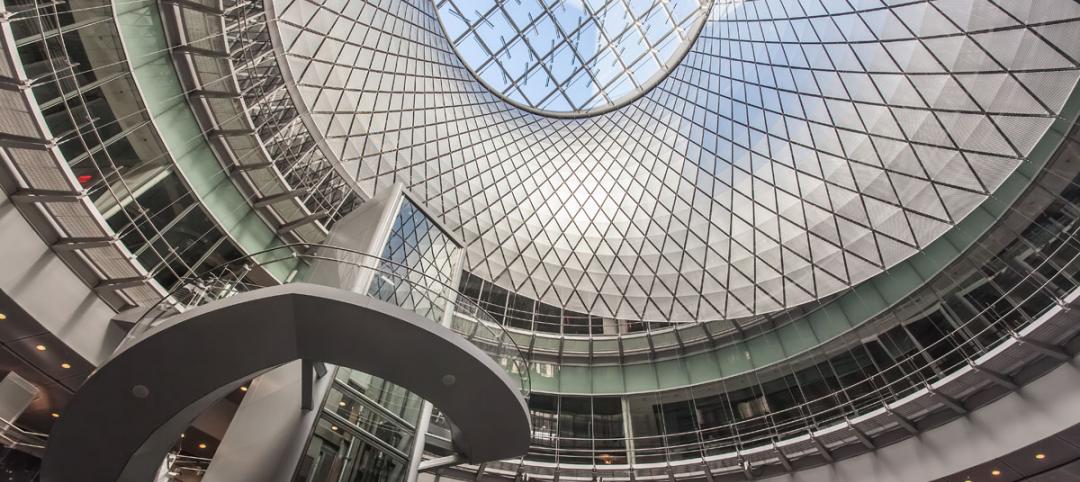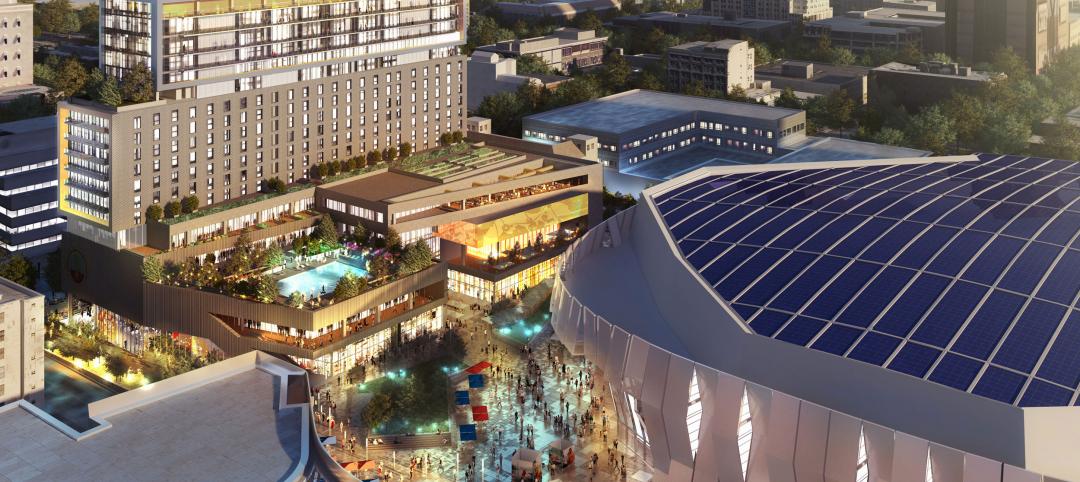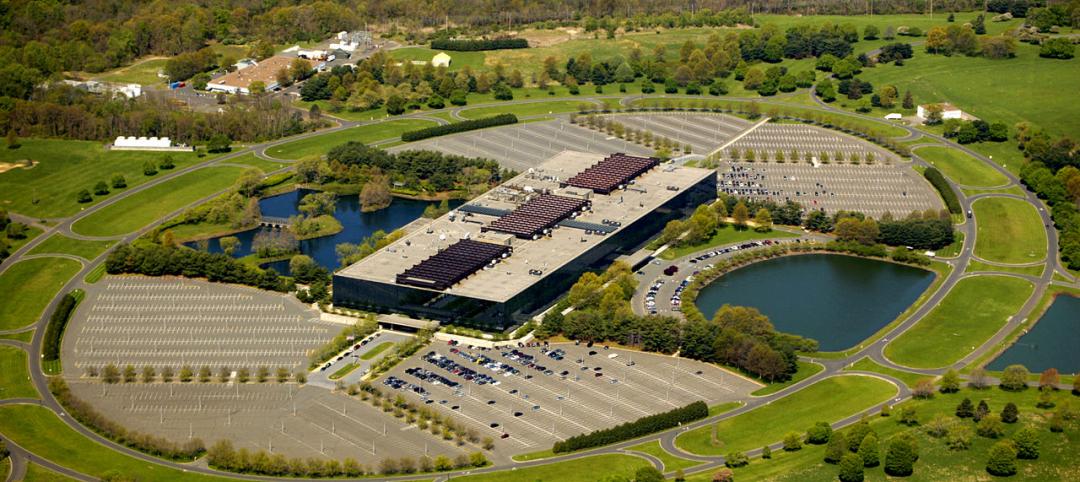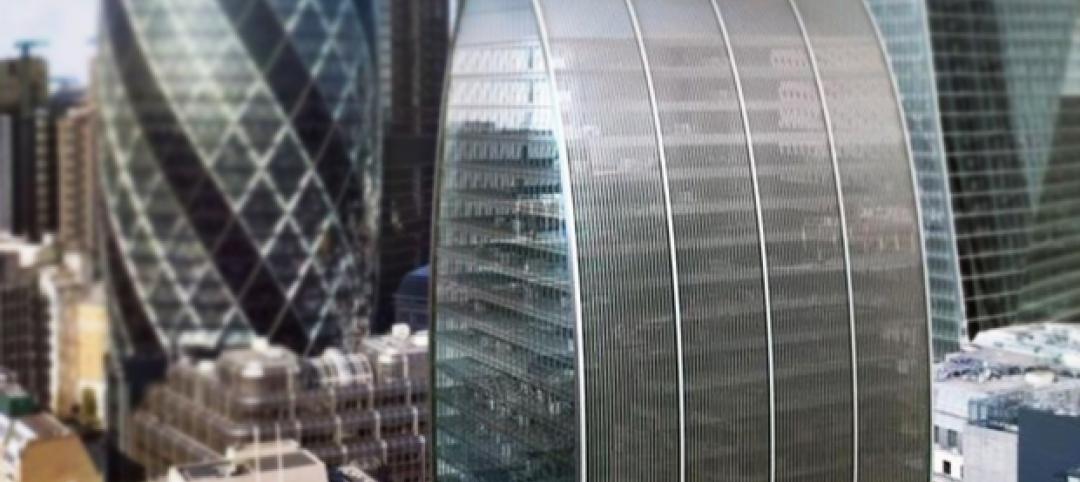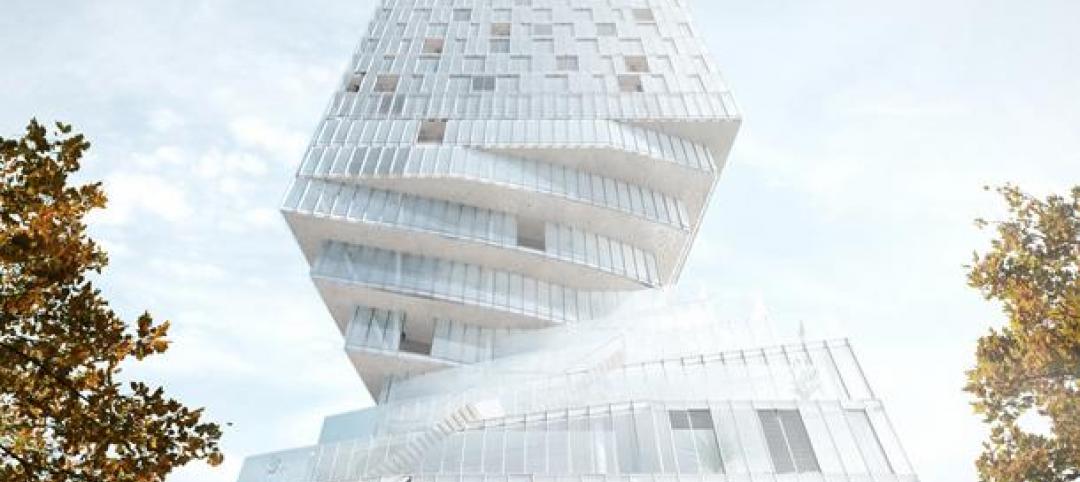While it will always be the tenants that bring traffic to a development, the real challenge for developers is keeping the traffic on-site for an extended period of time, creating opportunities for both cross-shopping and guest engagement.
Increasing dwell time has been a primary focus of developers and tenants alike given the fact that when customers linger, they spend more. According to a study by Path Intelligence, increasing dwell time by just 1% leads to an average 1.3% increase in sales, and for tenants that can add up.
Developers can add value by activating underutilized space to increase guest interaction and introduce programming and placemaking to keep consumers engaged. Building façades, alleyways, and even parking lots (once thought of as dead space) can all be repurposed to not only differentiate your property, but allow for a more memorable connection with guests.
Here are five ways to activate ‘dead space’ in mixed-use developments
1. Celebrate the destination. By understanding the unique location and target consumers, developers can find opportunities to bring a local connection to the forefront. Consumers organically form stronger bonds with destinations they feel they can relate to on a personal level. Developers should leverage this opportunity to identify meaningful symbols or touchpoints that bring the unique community to life.
From commissioning a local artist to activate a parking garage wall, to implementing a regional hobby like cornhole outside a food court, there are opportunities to make a more meaningful connection with local shoppers, so it doesn’t just feel like “a shopping center”—it feels like “their shopping center.”
2. Make space functional. Provide guests with opportunities to become immersed in the experience, through touch, trial, and play. Anytime you can allow for interactive experiences you are no longer offering just products, you are engaging consumers and creating more reasons to visit. For example, turning a building façade into a rock-climbing wall or carving out space for a dog park gives the property robust lifestyle offerings that can benefit both the shopper and the tenants.
A development that offers guests both product and meaningful services is more likely to thrive as some legacy retailers struggle to adapt to the changing industry. Leveraging space for engaging programming, activities, and events will continue to bring guests to your property.
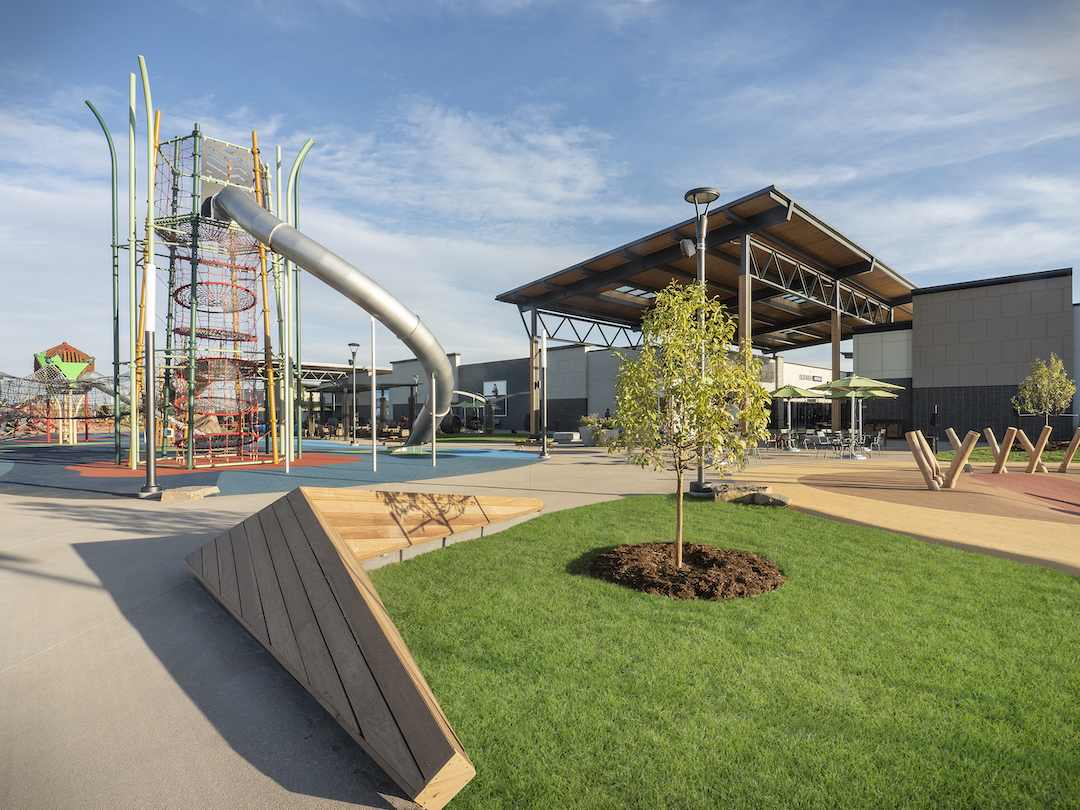
 Arts, entertainment, and placemaking spaces at the Denver Premium Outlets in Thornton, Colo. Photos: Tim O’Hara Photography
Arts, entertainment, and placemaking spaces at the Denver Premium Outlets in Thornton, Colo. Photos: Tim O’Hara Photography
3. Tell the brand story. Walls should never just be walls—they are a foundation to personalize a development and engage your guests in your unique brand story. Your brand can no longer live just on the pylon. There should be touchpoints and winks to the brand throughout the space, from wayfinding to doorknobs. Every inch of your environment is a chance to introduce your brand voice to your guest.
Consider ways to demonstrate your brand through non-graphic/non-obvious decisions, as well. Does your brand have a focus on sustainability? Perhaps you leverage biophilic design to represent this. Are you more about creating community? Consider seating fixtures and furnishings that encourage gathering. By bringing their brand to life, developers have a chance to make a big emotional connection, with a small investment.
4. Leverage the parking lot. With the rise of car-sharing programs, developers will have more open parking space than ever before and should find ways to re-purpose that valuable square footage. Identifying opportunities to better leverage this space, both functionally and aesthetically, is vital.
Create dedicated click-and-collect parking spaces or BOPIS (buy online pickup in store) drive-through lanes to differentiate your development. Store pick-ups accounted for nearly a third of U.S. online sales last November and December, up from 22% just a year earlier, according to GlobalData Retail. These offerings would keep development traffic efficient and customer satisfaction high. And providing experiential offerings—food trucks, farmers markets, movie nights—in overflow parking spaces will keep the experience fresh to increase return visits.
5. Tell the local story. Find the story behind the site and tell it in a meaningful way to further enrich the customer experience. Stories of our history come in various shapes and sizes: notable property owners, history of the town, fun facts, etc.
A recent project in downtown Cincinnati leveraged underutilized sidewalks to tell the region’s rich brewing history through a series of wayfinding and graphic installations. Through rich storytelling and impactful graphics, this urban trail takes visitors and residents alike on a historical journey of adventure and discovery, in an area that was previously undervalued. Developers can take the same approach, identifying underutilized space on their property and bringing it to life by adding a layer of environmental graphics, placemaking, or storytelling.

 The Brewing Heritage Trail in Cincinnati leveraged underutilized sidewalks to tell the region’s rich brewing history through a series of wayfinding and graphic installations. Photos courtesy Prus Construction
The Brewing Heritage Trail in Cincinnati leveraged underutilized sidewalks to tell the region’s rich brewing history through a series of wayfinding and graphic installations. Photos courtesy Prus Construction
From parking lots to branded moments, dog parks to local art, people are seeking new, enjoyable experience. Find those moments of wow that engage customers on a deeper level, creating enjoyment and reasons to come back. Find opportunities to create social media moments, impactful design that people want to share. Most of all, have fun with leftover spaces. Take your guests on unexpected experiences by simply rethinking the space between.
About the Author
John Moores is the Director, Mixed Use with NELSON Worldwide. He provides oversight to meet client objectives nationwide, contributing a decade of expertise in delivering large, complex projects for well-known national brands, such as PNC, Synovus, Whole Foods, and GM. An expert in placemaking, Moores worked on retail, office, hospitality, and residential projects to create community-centered destinations driven by user experience.
NELSON is an award-winning firm delivering architecture, interior design, graphic design, and brand strategy services that transform all dimensions of the human experience, providing our clients with strategic and creative solutions that positively impact their lives and the environments where they work, serve, play, and thrive. Visit www.nelsonworldwide.com to learn more.
Related Stories
Sponsored | | Mar 3, 2015
New York’s Fulton Center relies on TGP for light-flooded, underground transit hub
Fire-rated curtain wall systems filled this subterranean hub with natural light.
Sponsored | Shopping Centers | Feb 26, 2015
A color-changing gateway for Altara Center
Valspar works with developers to complete a multicolored shopping center façade in Honduras.
Industrial Facilities | Feb 24, 2015
Starchitecture meets agriculture: OMA unveils design for Kentucky community farming facility
The $460 million Food Port project will define a new model for the relationship between consumer and producer.
Office Buildings | Feb 18, 2015
Commercial real estate developers optimistic, but concerned about taxes, jobs outlook
The outlook for the commercial real estate industry remains strong despite growing concerns over sluggish job creation and higher taxes, according to a new survey of commercial real estate professionals by NAIOP.
Mixed-Use | Feb 13, 2015
First Look: Sacramento Planning Commission approves mixed-use tower by the new Kings arena
The project, named Downtown Plaza Tower, will have 16 stories and will include a public lobby, retail and office space, 250 hotel rooms, and residences at the top of the tower.
Mixed-Use | Feb 11, 2015
Developer plans to turn Eero Saarinen's Bell Labs HQ into New Urbanist town center
Designed by Eero Saarinen in the late 1950s, the two-million-sf, steel-and-glass building was one of the best-funded and successful corporate research laboratories in the world.
Office Buildings | Jan 27, 2015
London plans to build Foggo Associates' 'can of ham' building
The much delayed high-rise development at London’s 60-70 St. Mary Axe resembles a can of ham, and the project's architects are embracing the playful sobriquet.
Mixed-Use | Jan 26, 2015
MVRDV designs twisty skyscraper to grace Vienna's skyline
The twist maximizes floor space and decreases the amount of shadows the building will cast on the surrounding area.
| Jan 7, 2015
4 audacious projects that could transform Houston
Converting the Astrodome to an urban farm and public park is one of the proposals on the table in Houston, according to news site Houston CultureMap.
| Oct 31, 2014
Dubai plans world’s next tallest towers
Emaar Properties has unveiled plans for a new project containing two towers that will top the charts in height, making them the world’s tallest towers once completed.


